
Why Rest Should Be A Priority Within Your Workout Routine
We all have heard the mantra, “If you look good, you feel good, and if you feel good, you do good.” It comes as no surprise then that if you want to see and feel the effects of your workout routine to “look good,” prioritizing consistent daily movement is key, but you may be missing an important factor that could amplify and quicken the physical results you are seeking, while at the same time promoting and impacting your mental and emotional health.
The important factor? REST
Rest is imperative to any workout routine as this allows time and space for your vessel to recover and acclimate to the new conditions and environment your exercise is creating.
Here are a few reasons WHY:
When you deepen your limitations and stimulate active movement within the body, however, that may look for you, microscopic tears are naturally generated in your muscle tissues. Allowing a space of time between workouts invites the muscles to heal, repair and rebuild. Consequently, the muscle tissues become stronger and require less effort to perform the same movement results.
When given time to recuperate, the body is less prone to injury. This is due to overuse of joints and tendons.
Rest days between workouts will ensure your body is less tired and sore, as the muscles can flush the lactic acid into the bloodstream instead of retaining it in the tissues.
Emotional changes can occur due to an increase in cortisol and adrenaline, decreasing L-tryptophan availability to synthesize serotonin. This can lead to irritability, headache, anxiety, depression, insomnia, etc.
Performance achievement can suffer if your body does not rest sufficiently. Repetitive, intense workouts are associated with elevated cortisol levels, which can exasperate inflammation and lower testosterone. These hormonal changes can actually store fat, creating frustration and a why-bother attitude.
If you want to incorporate change into your performance, choose to ACTIVELY RECOVER.
Active recovery means incorporating a pause within and through your exercise routine. The number of days between and the choice of the resting activity will vary between individuals due to multiple factors (speak with a professional), but on average, it is recommended to take a rest day every three to five days.
Here are a few tips to prioritize and incorporate rest into your routine:
Design a sleep routine of at least seven to eight hours of sleep a night. This will optimize your cellular repair and recovery performance. This is a must.
Practice Yoga Nidra around 2 pm to diminish the “energy crash”. Yoga Nidra is a guided meditation to slow the waves of the brain down. 30-minute Yoga Nidra can equal 5 hours of sleep!
Listen to a Soundbath. The frequency of the bowls will invite the cells to vibrate at the same frequency (Law of Resonance). Increasing the vibration of the cells will encourage cellular coherence.
Go for a walk in nature. This will encourage self-reflection and motivation and invite your body’s rhythms to move with the least effort in accordance with Universal energy.
Get a massage. Obviously, a massage can improve overall health by increasing fluid circulation, boosting immune function, releasing lactic acids while stretching the muscles and alleviating fatigue.
Try hydrotherapy. Cold plunging closes the capillaries, which then accelerates the blood flow to the internal organs. Emerging studies state this practice will improve mood, decrease stress and stimulate the recovery of muscles and tendons.
Have a glass of wine and a chat with a friend. Yup. Socializing and prioritizing companionship is everything.
In need of a little handholding when it comes to a stillness practice to induce physical recovery? My Digital Yoga Studio has a 7-day free trial, enabling you to try Yoga Nidra, Soundbath, Meditation and Breathwork practices.
Happy Resting,
Erica Arsenault

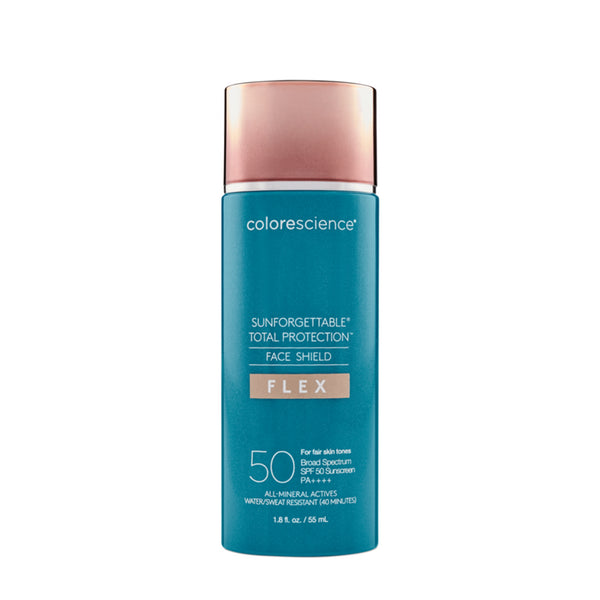
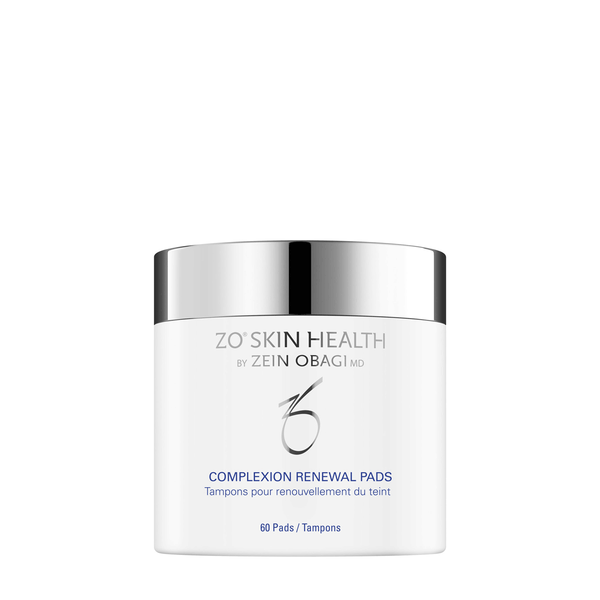
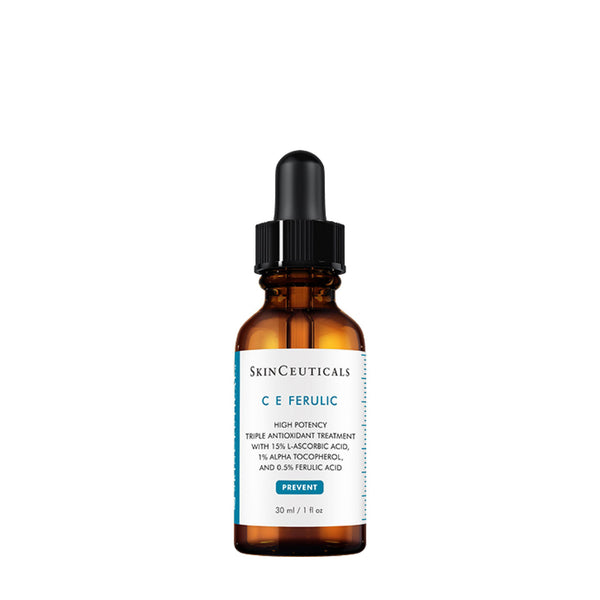
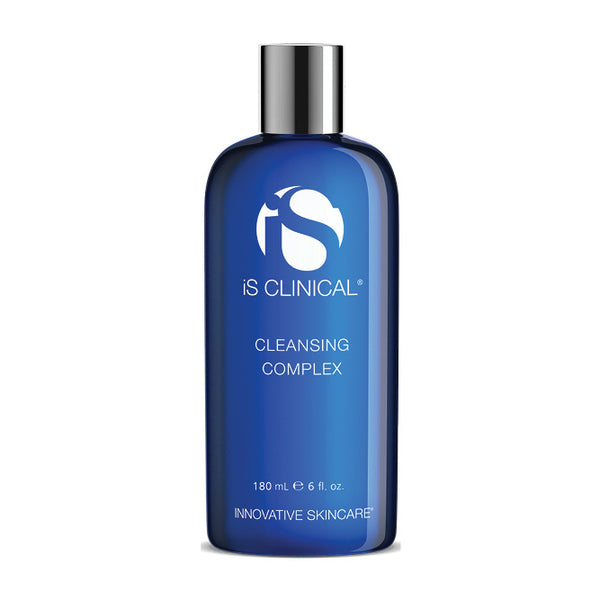
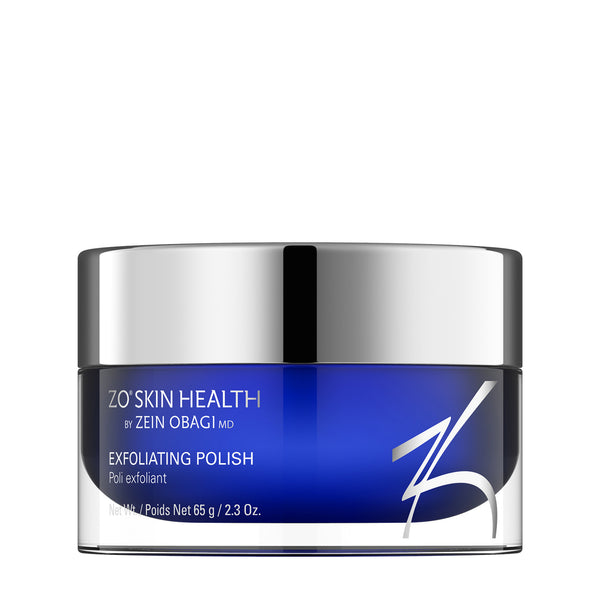





Leave a comment